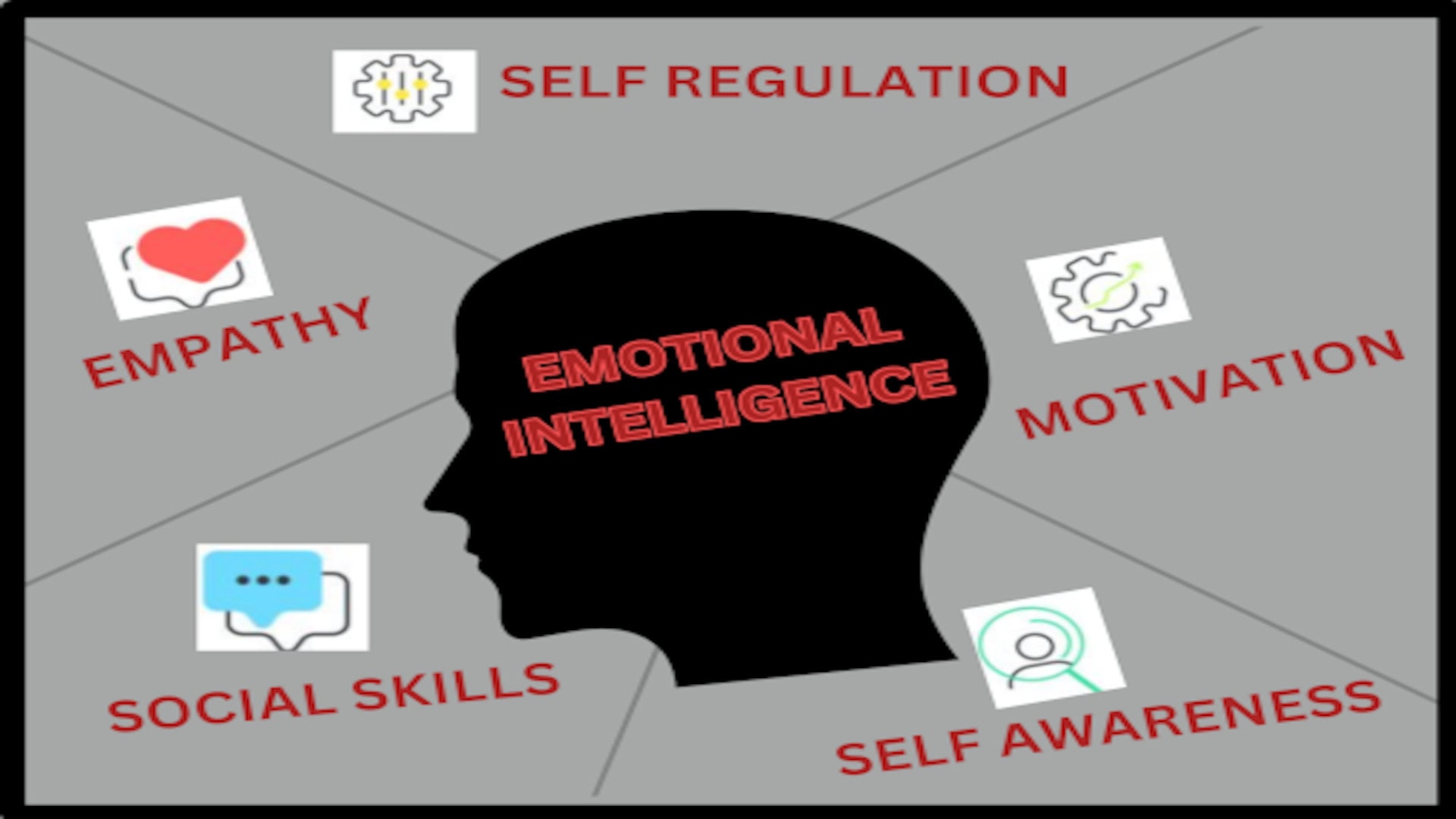In today’s fast-paced business world, leadership is about much more than making the right decisions or driving profits. It’s about understanding and connecting with people at a deeper level. That’s where Emotional Intelligence (EI) comes in. EI is the ability to recognize, understand, and manage not just our own emotions, but also the emotions of those around us. For modern leaders, it’s quickly becoming one of the most important skills to master.
When leaders embrace EI, they build stronger relationships, inspire trust, and make smarter decisions—all while maintaining a positive work environment. Let’s explore why Emotional Intelligence is a true game-changer for leadership and how you can start developing it today.
Table of Contents
1. Build Trust and Stronger Relationships
“People don’t care how much you know until they know how much you care.” – Theodore Roosevelt
At the heart of great leadership lies trust. Leaders with high Emotional Intelligence naturally build stronger, more authentic relationships. They understand that leadership isn’t just about making decisions—it’s about connecting with people. Leaders who manage their own emotions and understand the emotions of others can create an environment where everyone feels heard, valued, and understood.
How to Apply:
- Listen actively: Pay full attention to your team during conversations.
- Be empathetic: Acknowledge the feelings of your colleagues and respond with care.
- Communicate authentically: Show genuine interest in their thoughts and concerns.
2. Make Smarter, More Effective Decisions
“The quality of your decisions determines the quality of your life.” – Tony Robbins
Leadership is filled with tough decisions. But the best leaders aren’t just reacting emotionally—they use their emotional awareness to make better, more informed choices. High EI allows leaders to step back and assess how their emotions may be influencing their decisions. This leads to clearer thinking and more objective decisions.
How to Apply:
- Before making a decision, pause and reflect on your emotional state.
- Avoid impulsive choices by evaluating whether emotions are clouding your judgment.
- Use clear, calm reasoning and involve your team to gather diverse insights.
3. Boost Employee Motivation and Engagement
“The greatest leaders are not necessarily the ones with the best ideas, but the ones who bring out the best in others.”
A leader’s ability to understand what motivates their team members is key to unlocking employee engagement. When leaders use EI to recognize individual and collective emotions, they can tailor their leadership style to bring out the best in their team, making employees feel valued and inspired.
How to Apply:
- Check in with your team regularly—not just about work but about their well-being.
- Recognize achievements and give genuine feedback to show appreciation.
- Create a positive, supportive environment where your team feels motivated to perform.
4. Communicate with Clarity and Empathy
“The single biggest problem in communication is the illusion that it has taken place.” – George Bernard Shaw
Communication isn’t just about speaking—it’s about ensuring your message resonates with the listener. Leaders with high EI don’t just communicate facts—they tailor their message to the emotional tone of their audience, ensuring their message is received clearly and effectively.
How to Apply:
- Pay attention to non-verbal cues, such as body language, tone, and facial expressions.
- Adapt your communication style depending on the emotions of the people you’re speaking with.
- Foster open dialogue by encouraging honest conversations.
5. Handle Conflict Constructively
“Conflict is inevitable, but combat is optional.” – Max Lucado
In any workplace, conflict is bound to happen. What separates great leaders from the rest is how they handle it. Leaders with high EI are able to manage their own emotions during conflicts and also understand the emotional dynamics of the people involved. This allows them to navigate disputes effectively and find solutions that work for everyone.
How to Apply:
- Listen carefully to all perspectives in a conflict and validate each person’s emotions.
- Stay calm and collected—don’t let your emotions escalate the situation.
- Approach conflict with the goal of finding mutually beneficial solutions.
6. Foster a Resilient and Adaptable Team
“The greatest glory in living lies not in never falling, but in rising every time we fall.” – Nelson Mandela
In an ever-changing business environment, resilience is essential. Leaders with high EI model resilience, teaching their teams to bounce back from setbacks and adapt to change with a positive outlook. This creates a culture where failure is seen as an opportunity to learn and grow, not something to fear.
How to Apply:
- Model resilience by staying positive and solution-focused when faced with challenges.
- Encourage a growth mindset within your team by reframing failures as learning opportunities.
- Offer support and guidance to help your team navigate difficult times.
Emotional Intelligence—The Key to Effective Leadership
Emotional Intelligence is no longer just a nice-to-have trait for leaders; it’s a must-have. It allows leaders to build trust, make better decisions, motivate their teams, communicate with clarity, and resolve conflicts with ease. By developing emotional intelligence, leaders can create a positive, productive work environment and foster long-term success for both themselves and their teams.
Remember, leadership is about people, and Emotional Intelligence is the foundation for building meaningful, impactful relationships. So, start building your EI today and become the kind of leader who inspires change and drives success.









0 Comments